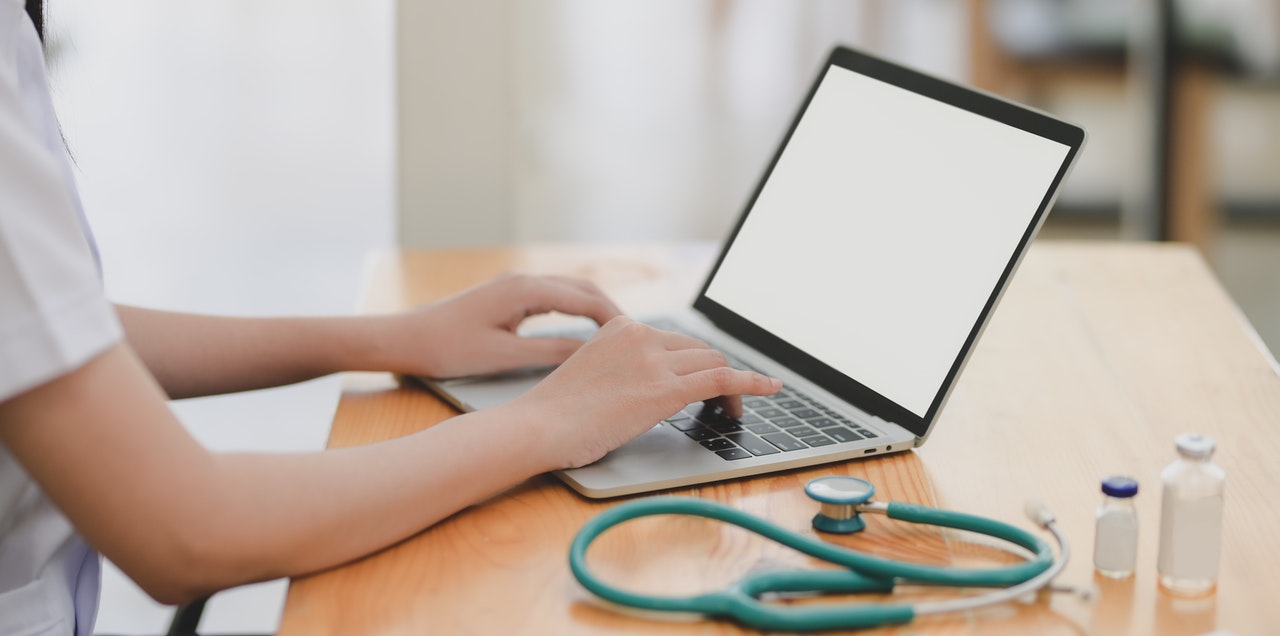Telehealth and medical diagnosis
The use of technology

Carrying out a correct (!) medical diagnosis is a structural problem (medical diagnosis facts)
Since 1997 we have helped hundreds of people worldwide to receive a medical diagnosis, especially during our conferences but also by individual appointment in the academic hospitals in Rotterdam and Maastricht.
Since the worldwide COVID-19 / Corona virus outbreak in 2020, visiting physicians physically has become a lot more difficult, as has travelling. Fortunately, modern technology can help patients and doctors alike in many ways.
Telehealth
Telehealth is remote healthcare. The patient does not have to travel to the doctor or vice versa. This saves the necessary hassle on both the patient and doctor side.
The patient does not have to travel, does not have to wait in a (full) waiting room, has no travel and parking costs, saves a lot of time and energy, reduces stress, etc.
The research company McKinsey has conducted a study in this context: study
One of the results is that more than 50% of healthcare providers now see telehealth as their favourite.
In a hospital in Washington DC (USA), the average waiting time for a clinical genetic consultation has been reduced from 3-4 months to 6-8 days thanks to the use of telehealth.
Telehealth pilot
The Global Commission to end the diagnostic odyssey for children with a rare disease supports this telehealth initiative.
A variety of tools are used, such as facial recognition, video appointments and a triage system (assigning urgency) for genetic assessments and counselling remote patients and their doctors.
CMTC-OVM organization application
We have members from all over the world and unfortunately, not everyone is able to come to the Netherlands or has the right local expertise available.
Using telehealth can also greatly help our patients/families!
The following matters are important here:
- Privacy 1. The conversation between the patient/family is private and secured.
- Privacy 2. The exchange and storage of medical data are secured.
- Request for help. The patient/family/doctor’s request for help must be clear.
- Feedback. The diagnosis (or personal medical advice) is fed back to the treating physician of the patient (and/or general practitioner).





